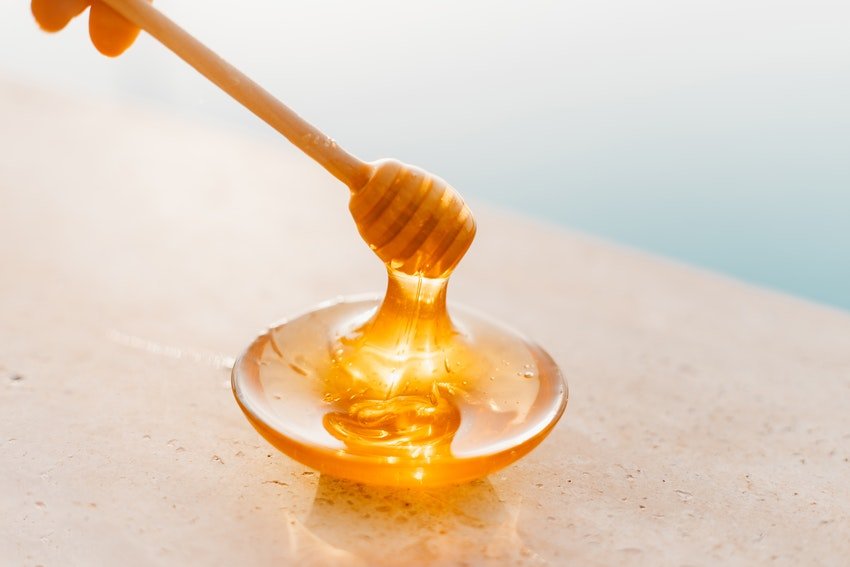The use of beeswax dates back many centuries when it was harvested for its waterproofing and medicinal properties. Honey is ingrained with numerous health benefits, including wound healing effects, anti-inflammatory effects, antibacterial action, and dietary antioxidants. A growing body of research also shows honey may help people with seasonal allergies.
Modern science continues to explore the medicinal value of honey. To purchase extraordinary honey products with far-reaching effects, go directly to Beezy Beez Honey website. Here are the properties and proven health benefits of honey you should know about.
Antibacterial Properties
The development of antibiotics to fight against diseases has been an enormous victory for science and modern medicine. Two potent treatments are bacteriostatic and bactericidal. The latter is carefully formulated to eliminate harmful and disease-causing microorganisms. Bacteriostatic works by preventing the escalation of microorganisms. Researchers are, however, apprehensive about growing microorganism resistance towards the existing antibiotics.
Contaminated water is a significant enabler in spreading aquatic pathogens such as Pseudomonas Aeruginosa and Escherichia Coli. That is why the public is advised to use antibiotics and vaccines and observe basic sanitary techniques regularly. The antibacterial effects of the Manuka honey and the branded Revamil honey has been tested and found effective against Escherichia Coli, Bacillus Subtilis, and other forms of bacterial infections. Tests reveal Manuka is more potent after a 24-hour incubation period.
Antioxidants Properties
Antioxidants are described as free radical scavengers that work effectively to neutralize destructive free radicals. Studies show high amounts of antioxidants in honey provide the highly desirable anti-oxidative potential. The property is further enhanced with the presence of phenolic compounds and the honey’s botanical origin. Phenolic compounds are known to fight cellular oxidative damage, which triggers the aging process and the occurrence of diseases such as cardiovascular dysfunction, metabolic disturbances, and cancer. These studies were conducted using Malaysia’s Tualang honey and the Gelam honey. Tualang honey contains high volumes of phenolic compared to the commonly consumed honey. Researchers are exploring other potential anti-oxidative benefits of honey, especially in treating and managing cancers and diabetes.
Anti-Inflammatory Properties
The effects of inflammation are often manifested through pain, edema, and temperature rises. Research shows the honey’s anti-inflammatory potential can be harnessed to provide a defensive response to injured or damaged tissues. The propolis compound, made by the honeybee to deflect infection, has been shown to possess crucial anti-inflammatory properties. Scientists have also tested honey in the treatment of gastric ulcers. The studies show taking honey combinations can promote gastroprotection.
At the moment, most of the published studies are concentrated on the highly promising Manuka honey, Tualang honey, and Gelam honey. Tests involving Manuka honey demonstrate its effectiveness in reducing ulcers and preserving the gastric mucus glycoprotein. Other studies suggest that honey can minimize lipid peroxidation, glutathione, mucus, and tumor necrosis factor-a.
Anticancer Properties
Despite the cancer mortality rate falling in the last few years, lung cancer remains a leading cause of death in America. Other lethal forms of cancer include liver cancer, uterine cancer, and pancreatic cancer. The antioxidative property of honey has caught the eye of researchers keen to find cancer cures. Its effect on cancer treatment is being studied along the line of apoptosis, anti-tumor activity, and anti-proliferative activities.
Researchers studying the impact of honey on renal cancer are keen to explore its ability to minimize cell viability around malignant cells and induce apoptosis on the cancerous cells. Several tests have been conducted using Manuka honey and Melon honey. Honey has also been tested in the treatment of breast cancer. For patients with human and metastatic colon adenocarcinoma, researchers are looking at ways to harness the honey’s anti-oxidative activity, phytochemical content, and cytotoxic properties to treat these cancers.
Antifungal Properties
Fungi play a critical natural role in escalating organic matter decomposition. They are also known to cause superficial fungal infections and a host of diseases amongst humans. The disorders range from mild illnesses to systemic diseases, some of which may be fatal. One such case is Candida Albicans, which causes several conditions such as oral and vaginal infections. Those at high risk of being infected are immunosuppressed patients such as those with HIV.
Researchers have also conducted extensive studies to gauge the effect of honey on clinical isolates of Candida Albicans and other Candida Fungus. Compared to artificial honey, floral honey has shown a higher antifungal effect against Candida Albicans. These findings have placed focus on honey as a potent ingredient in alternative medicine.

